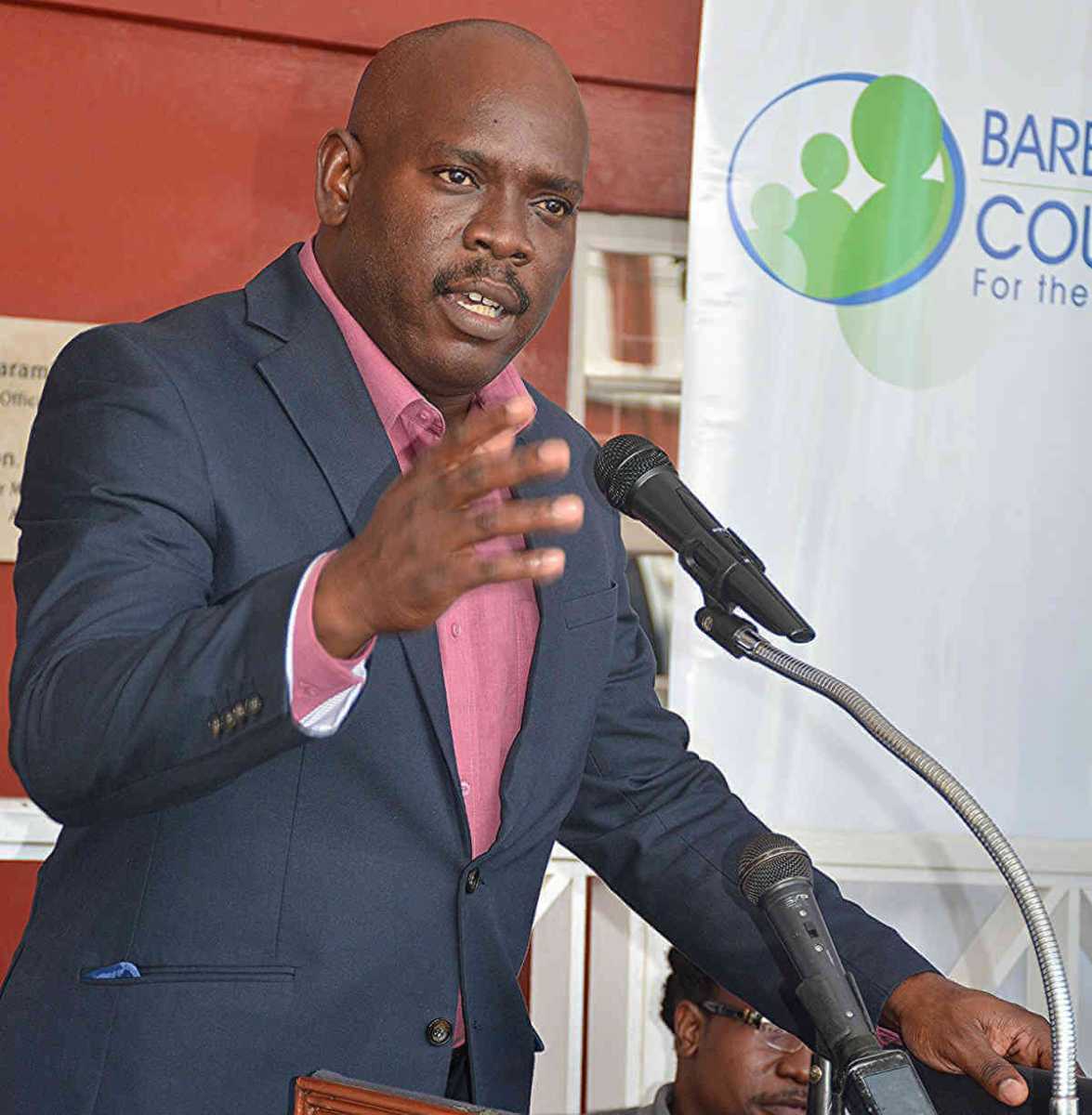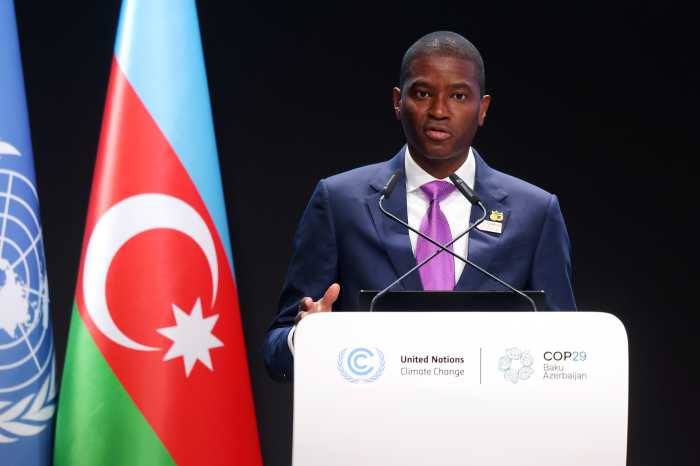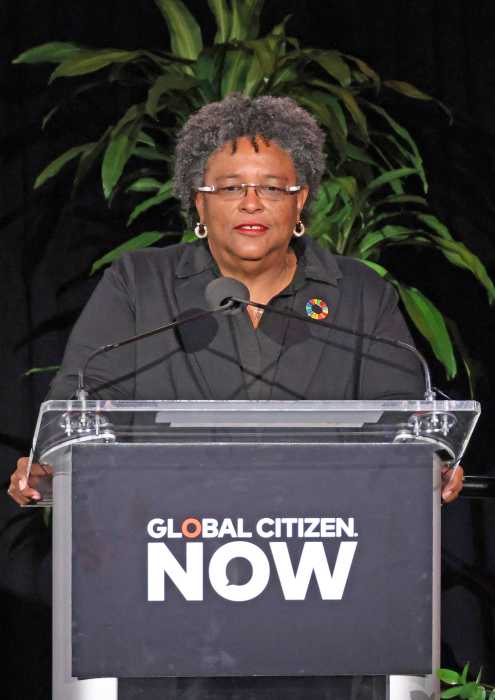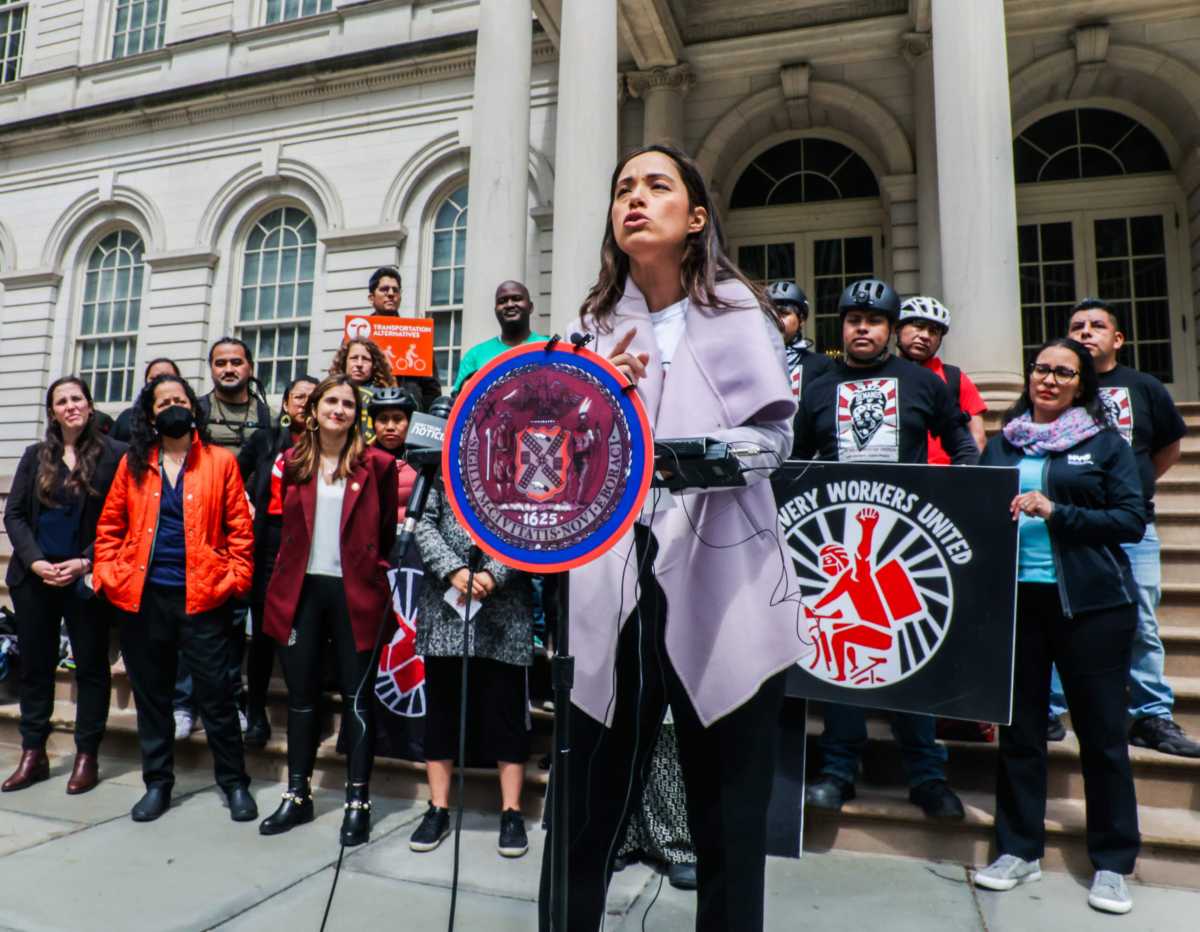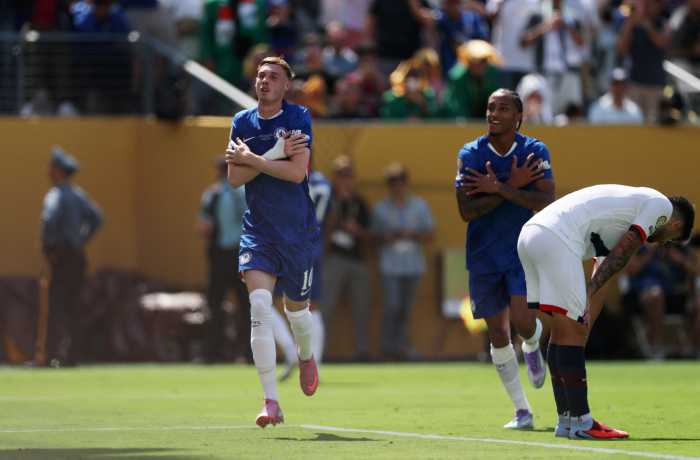Barbados this month received major upgrades from two credit rating agencies with the larger, Standard & Poor’s (S&P), promising further improved rankings in the new year should the country continue its new prudent fiscal management policies.
New York based leader in financial services, S&P, last week raised Barbados’ credit rating six notches from to ‘‘B-/B’ from ‘SD/SD’ (selective default)’.
In the week prior, the Trinidad and Tobago headquartered rating agency focused primarily on the Caribbean, CariCRIS, removed its CariD (Default) Regional Scale Foreign Currency Rating of the Government of Barbados and assigned an upward rating of a CariBB-, with a stable outlook.
News of these upgrades is music to the ears of Barbadians. But for people of an island that produced the likes of Rihanna, Gabby and Red Plastic Bag, the music is strange.
Though very much welcomed, the music was odd, weird, to the islanders who had suffered the pain and indignity of 22 successive international credit rating downgrades over 10 years ending in 2018, by which time the country’s financial status was firmly nestled in the junk category.
So, for Barbadians to be greeted with this December 2019 news of upgrades by two rating agencies of standing, is for them to be hearing sounds long forgotten.
The first move in halting the ratings rout of this island that is otherwise known for prudential management of its financial affairs came in June 2018 when less than a week in office a new government led by Mia Mottley halted all debt payments thereby selecting a default on its international loan servicing outlook.
The new government’s team of keen financial advisors set about renegotiating terms and conditions on all the country’s debt, first securing agreements on the local obligations.
Then it moved to resettle arrangements for payment of the foreign liability, an activity that ended last month with creditors accepting different repayment conditions which are more favourable to Barbados.
By successfully shifting the past and future repayment deadlines to dates of 2021 and 2029, and through introduction of amortisation conditions — spreading loan reimbursement periods over a number of set bi-annual dates instead of lump sum settlements — the current government gave itself financial room to manoeuvre and gained significant savings.
Additional savings were obtained through agreement with these international creditors to shave interest rates, resulting in what junior Finance Minister Ryan Straughn said will amount to millions saved.
CariCRIS stated that it upgraded Barbados precisely because of results from these renegotiations.
“The [Government of Barbados] has indicated that the closure of the transaction allows it to immediately reduce its outstanding external debt principal by 25 percent and accrued interest by 35 percent, and to meet its debt-to-GDP target of 60 per cent by 2033/34.
“In total, the Government of Barbados immediately benefits from the cancellation of just over US $200 million in debt and would generate approximately US$500 million in cash flow savings over the next five years,” CariCRIS stated.
S&P stated, “given this outcome [of re-negotiations], we believe that this exchange will be the final resolution of Barbados’ foreign currency default that began in June 2018”.
The agency added, “we could raise the ratings over the next year should the government adhere to its ambitious fiscal targets and reform agenda, which could strengthen investor confidence and contribute to improved GDP growth prospects. Higher economic growth would facilitate a reduced debt burden, which, together with an expectation of continued access to official funding, could lead us to raise the rating.”


